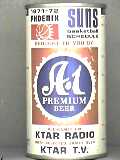
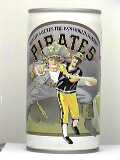
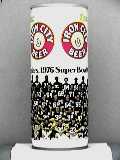
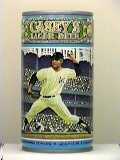
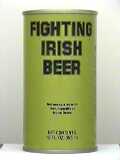

This page will cover some of the more interesting and unusual American beer cans that have been distributed in more recent years.



| |


|
A number of beer cans have had ties with sports teams. The Iron City brewery of Pittsburgh has issued literally dozens of cans commemorating that cities successful sports franschises. The Steelers started the craze with beer cans commemorating their Super Bowl win in 1975. Since then there have been cans celebrating the three other Steeler Super Bowl victories as well as dozens of cans dedicated to individual Steeler players. Both the Pirates and Penguins have had their share of commemorative cans as well. The A-1 brewery of Phoenix issued several cans containing the schedules of both the Suns basketball team and the Phoenix RoadRunners hockey team of the long defunct World Hockey League.
Caseys beer issued by Carling features drawings of Major League Baseball stars. The four can set salutes Duke Snider, Richie Ashburn, Monte Irvin, and Whitey Ford. You would think that the Fighting Irish can issued by Royal of New Orleans celebrates Notre Dame sports. That would be wrong. The very small print an inch below the word beer issues a disclaimer that this beer can is in no way affiliated the University of Notre Dame.
There are also beer Boiler Maker, Hawkeye, Cylone, and Fighting Wildcat beer cans that are equally not associated with Purdue, Iowa, Iowa State, and Kentucky Universities. Royal brewing issued no less that four different Mizzou Brew beer cans not affiliated with the U. of Missouri.
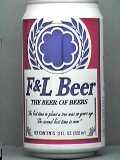
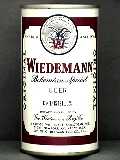
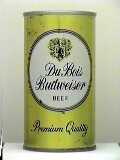
|
A number of breweries have sought to capitalize on a successful name or package. The F & L beer can looks a great deal like a more famous beer. While Budweiser proclaims itself to be the King of Beers, F & L calls itself the Beer of Beers. The Weideman beer out of Newport, Kentucky bears more than a passing resemblance to the Bud can. Ironically, Anheuser-Busch licences the Budweiser name from the Budweiser brewery in the Czech Republic. The DuBois brewery of DuBois had brewed their own version of Budweiser beer since the 1900's. Anheuser-Busch started brewing their Budweiser brand in 1876. At the time the names were adopted, they reflected the style of beer from the Budvar region of what is now the Czech Republic. As Anhuser-Busch turned into a national brewery it was not surprising that they wanted exclusive rights to their flagship brand. Since both breweries had used the brand so long, there could be no clear holder of the brand name. Shortly after Dubois sold out to Pittsburgh brewing in the late 1960's, Anheuser-Busch was able to buy the exclusive rights to the Budweiser name. As it turned out, it was the dominance of the big national breweries driving out the weaker regional breweries that finally made this possible.
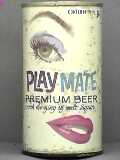
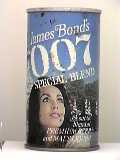
|
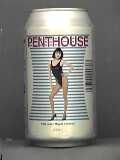
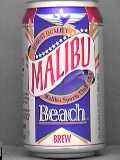
|

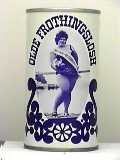
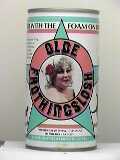
| |
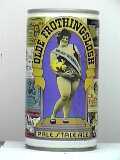
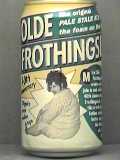
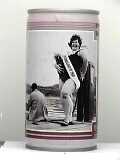
|
Several breweries issued cans to celebrate the bicentennial. Both Lucky and Falstaff started to issue a series of cans to commemorate the presidents but stopped after George Washington and John Adams.

|
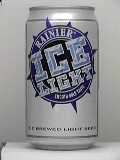
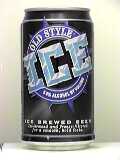
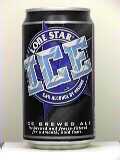
|
Bock beer cans have been around almost since the time that first beer cans were issued. The long time tradition has been to associate a goat with bock beer. This is true not only for cans but for Bock beer in general. Traditionally, bock beer is a heavy beer that is only distributed in the late winter and early spring.